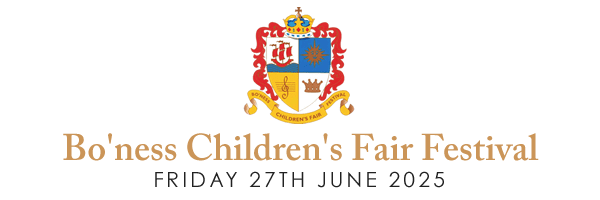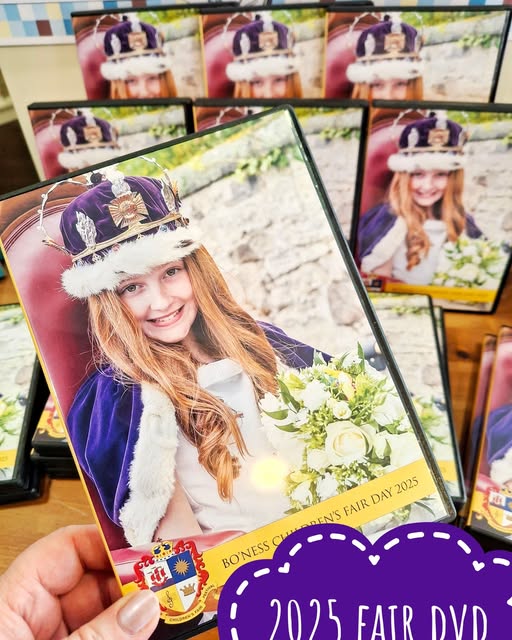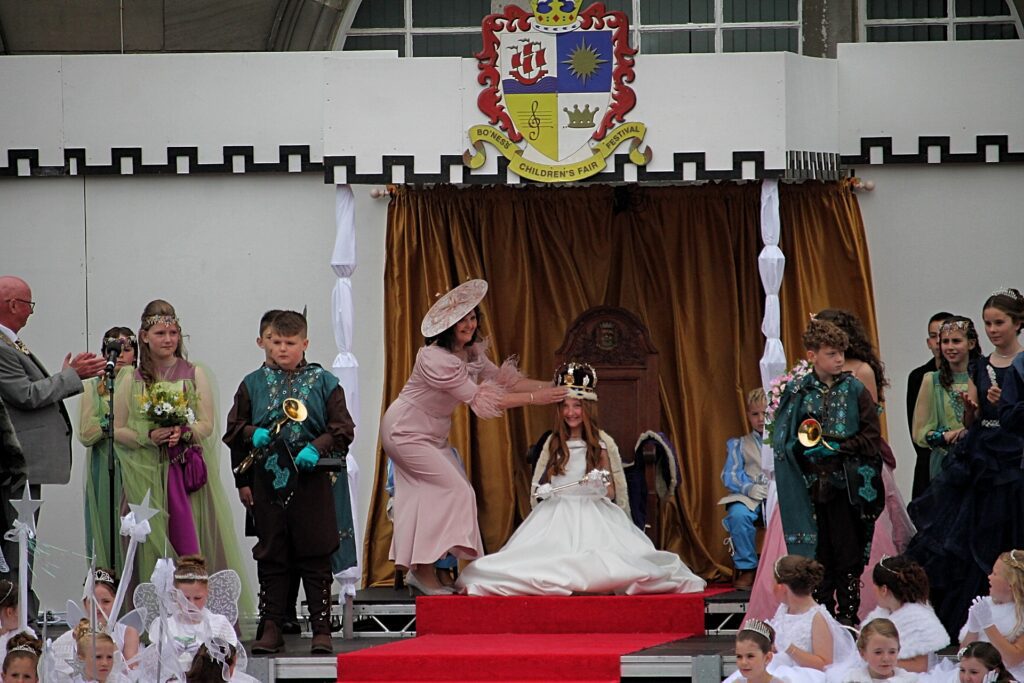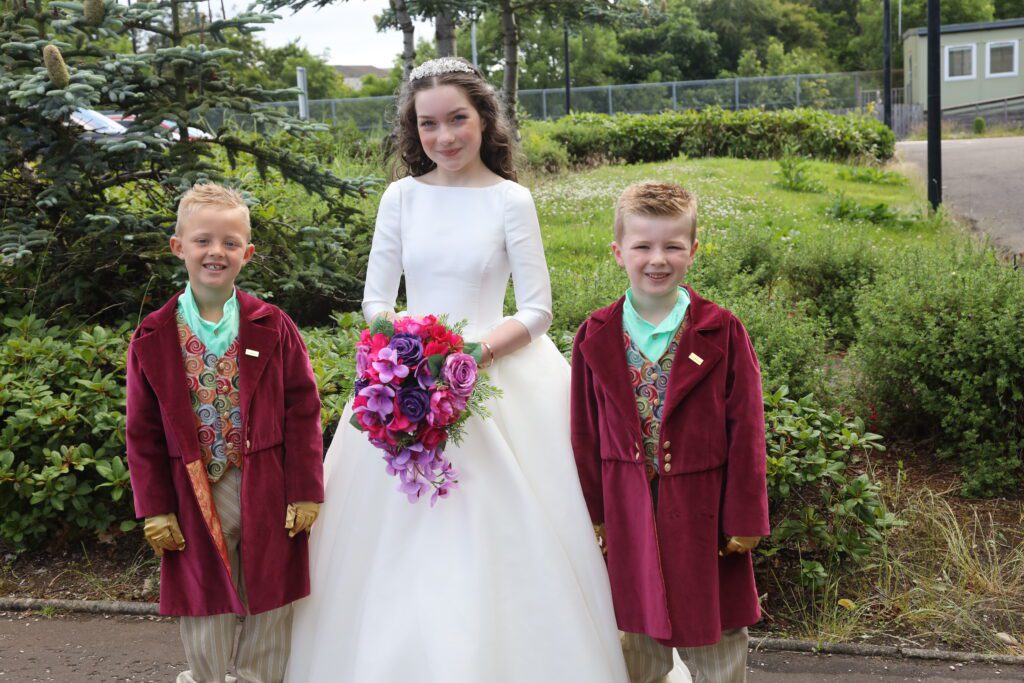Born and brought up ” up the Braes “, where the land can be somewhat marginal, we were able to look over to the north-east and see the green, and much more fertile land of the south flank of the Flints and Erngath Ridge. My father and uncles were all miners and seemed to know all about Bo’ness – ” lies over that hill ” – and one had the feeling of a people apart, quite different from ALL around, and moreover, not reluctant to let people ” outside ” know of this feeling.
It was not then with any great surprise, twenty years on, when circumstances dictated that I should live in Bo’ness, that I met for the first time the idea that I was ” an incomer “, and all true Bo’nessians know what that means! Somehow, the geographical positions of Carriden Brae, Flints and the Snab, virtually enclosed a society, with a community spirit and standard of self-reliance which seemed quite unique.
Then, as if to re-write the chapter, when, twenty years on, circumstances again dictated that I should live this time in Shetland – I met for the second time the idea that I met an incomer – but Shetlanders have a different name for such a one – soothmoother – viz. one who enters Shetland by the south entrance of the main harbour at Lerwick. Here the geographical cut-off is a much more finite one in the shape of the harsh seas of the Pentland Firth, but yet another society with a community spirit and standards of self-reliance, of which they are justifiably proud!
In a most fascinating book – ” North over Sea ” by john Leirfal, he traces the development of Norse culture and communities in the Shetland, Orkneys and Hebrides, and on reaching the present day poses the question – ” And after the Oil – What?” In a somewhat less classically erudite way, one is prompted to ask a similar question about Bo’ness – ” And after the Coal – What?” And no doubt, a fascinating parallel was posed by the forefathers of many of you reading this who are Bo’nessians, – ” And after the Whaling – What?”
The common theme continues in almost every aspect one examines, yet, as one would, in fact, expect of two such strong communities – the same but different!
Shetlanders are fiercely proud of their heritage, and indeed, discussed breaking away from British rule. ( One tries to envisage Bo’ness declaring U.D.I. with one of our local Councillors as Supremo!). They already have an enterprising Heritage Organisation in operation, while we in Bo’ness are working hard to catch up. Music plays a dominant part in both communities with the well known Shetland fiddling – which, as one might expect from them, is different from other types of fiddling – and Bo’ness of course, is not content with only one instrumental Band, but has three, and a Pipe Band as well as a flourishing Operatic Society.
As an Incomer, or a Soothmoother, it is not until one makes it obvious that one is willing to assist or take part, that it all begins to happen. In these circumstances, each community has a way of making it clear that they will meet you more than half-way, and I know that there are many ” Incomers ” in Bo’ness who will concur with that – not least those who have had principals in The Fair!
No Bo’nessian, worth his Whalemeat, or Salt, or Coal, would ever countenance that there could be an event quite like THE FAIR. Equally, no Shetlander would ever admit that there could by anything like ‘ Up Helly Aa ‘, and significantly, having been involved in both, I cannot disagree with either!
I am sure herein lies the total secret of both communities, that which makes them at once unique, yet the same – the spirit of the community demonstrated so visibly by the two events.
Up Helly Aa – the Fire Festival – is held on the eve of the Summer Solstice, something like the first Tuesday after the second Thursday in January. The central figure is The Guizer Jarl, representing a Viking Chief leading his favoured squad of guizers. The detail of the event has altered over the years but it now involves the Jarl squad dragging a replica of a galley through the town, leading a torchlight procession of many other guizers, all in squads with each squad dressed up to represent the theme chosen by themselves – just as Presentees do for the Fair. When the procession reaches the agreed rendezvous, all the torches are piled into the galley – which in some places is floated out on the water – as a funeral pyre for the end of Winter. The feasting, singing and go on till daylight, with all of the guizer squads having visited each of several halls where they perform their individual squad routines. To achieve the most prestigious position of Jarl, a man has of the group squad. Each year, a different group provides the Jarl so that only after being involved and working on the project for many years, can a man hope to have a chance to be the Guizer Jarl, and thereafter hold a very special place in the Community. Preparation for the event starts immediately the current one is over, planning, devising costumes, raising funds, building galleys, etc, and involves the whole community throughout the year.
In the organisation of The Fair, the honour of providing the Queen passes from year to year in rotation round the Schools. The Queen is chosen by her peers as are her Chief Lady in Waiting, Queen of the Fairies and Queen of the Flower Girls. Great excitement is generated too in choosing the groups of Fairies, Flower Girls and various other members of the Court, and, while perhaps not having achieved the highest honours, it is with no less pride they recount in later years their participation as a Fairy, Flower Girl or other Court attendant.
As a further involvement, each School selects a squad of Presentees, attired and trained to perform their chosen theme in front of the Queen after her crowning and later at the Court Revels on the afternoon of The Day.
The whole town sets about painting, erecting Arches and decorating house fronts. Decorated floats carry the Queen and all her retinue through the town, leading a procession of displays; all of the Bands from the town – and often including visiting Bands from overseas; Youth Organisations and marching school-children, in what – as the Bo’ness Children’s Fair Festival – is a most memorable and exciting day for all.
One of the highlights of the adult participation is Fair E’en when the whole population seems to go round the town to inspect Arches and decorations, ( many, closely guarded secrets, still being erected so that they cannot be imitated before the great day ), and the visiting of friends and ” togetherness ” goes on into the wee sma’ ‘oors.
The parallels are obvious, the spirit and charm of both communities are so similar that I am sure that both would appreciate the other, and I would like to see common ties maturing into a ” twinning ” organisation between Lerwick and Bo’ness.
It has been a great pleasure to live in Bo’ness/Shetland; to be accepted as an Incomer in a most warm-hearted way; to be allowed to take part in the most unique events in the life of each place, and it has to be with some regret that the ultimate attainment I cannot achieve!
I can never be a Bo’nessian!
JIM EASTON






